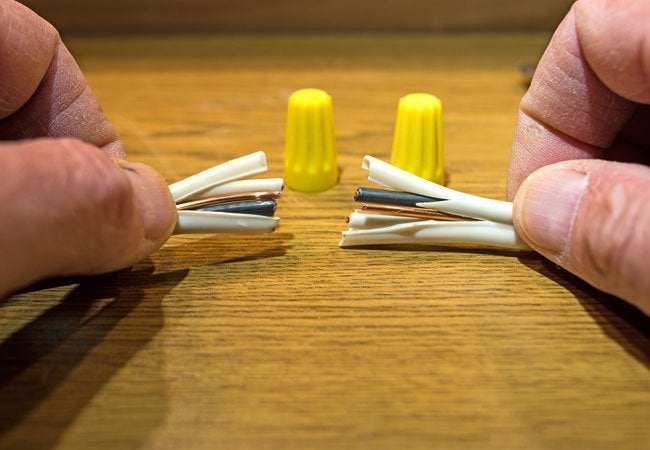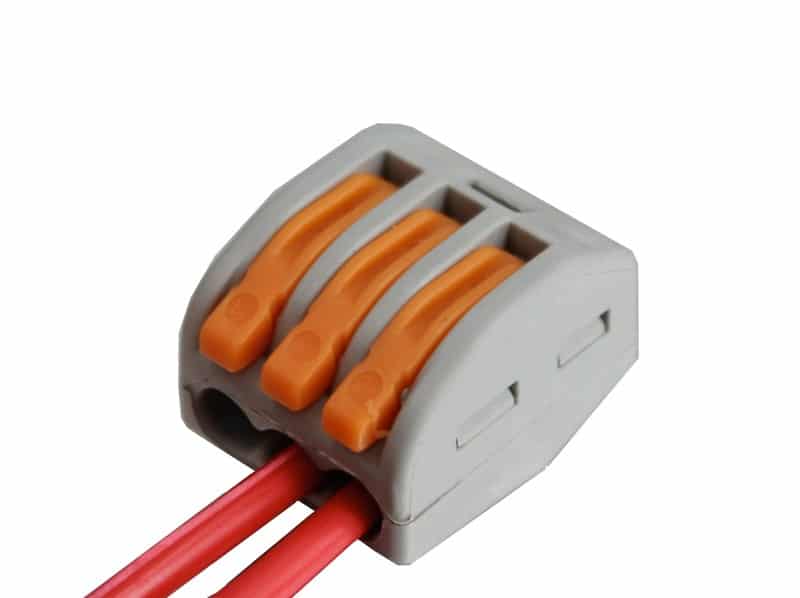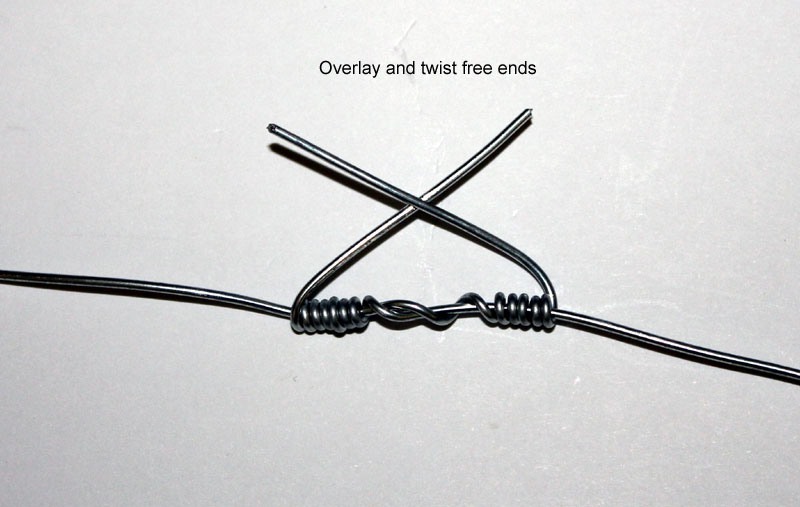

Finally, before you get started, make sure the wires you are splicing have the same gauge and number of wires so they can easily transfer electricity from one to another. Ask at your local hardware store if you need help figuring out which junction box will work best for your particular project. Junction boxes come in various sizes and are required by municipal building codes to help keep the splice safe. Next, you need to have junction boxes anywhere you wish to splice wires together. Use a non-contact voltage tester to double-check that the electricity is actually off before you ever touch a wire. The first step that you need to take when performing any electrical work on your home is to turn off the power, either to the specific circuit or to the entire house. Read on for some tips on getting started. Savvy electricians can splice wires together, safely adding the length they need to reach their destination. Does that mean you have to rewire the entire circuit? Fortunately, no. It's a problem that many a DIY electrician has run into a time or two: You want to move an outlet or add a new light to a room, but the wires on your current circuit just aren't long enough.
Splice wire how to#
How to Splice Extensions on Your Electric Wires


Wire nut splices don't match the strength of the original wire, but perform well where the wire doesn't undergo mechanical strain. Sloppy wire nut splices might place enough electrical resistance in the connection to cause problems in both gas and electric ranges. When installed properly, wire nuts create a durable connection with excellent conductivity. easily exceeds the highest temperature of a range. Wire NutsĬeramic wire nuts make splicing wires easy, and their maximum working temperature of 1,000 degrees F. Replacing a broken wire with a new wire rated for the same conditions makes a more dependable repair.

Putting tension on any wire in the harness can cause a mechanical failure or possibly shift wires out of safe locations. Broken wires might not have enough slack to splice without straining the new connection. A wiring harness consists of many wires cut to exact lengths, each selected for a specific temperature range and voltage. Many parts of the system use stranded wiring that resists fatigue faults better than solid conductor wiring. Wires in a range seldom fail due to mechanical stress.


 0 kommentar(er)
0 kommentar(er)
